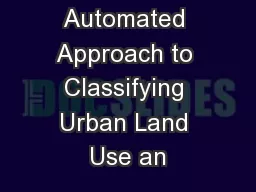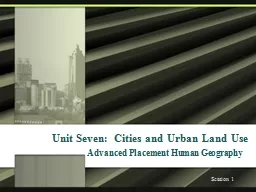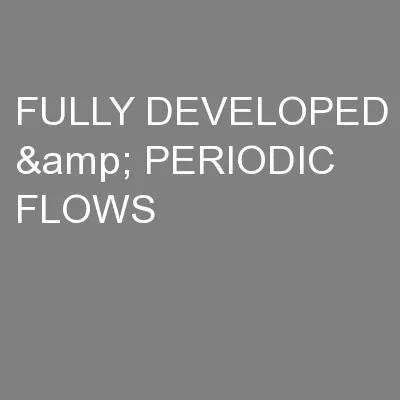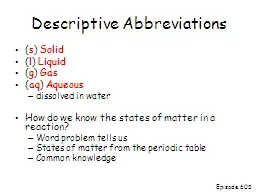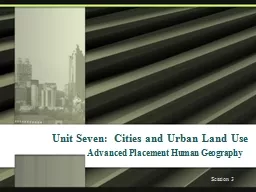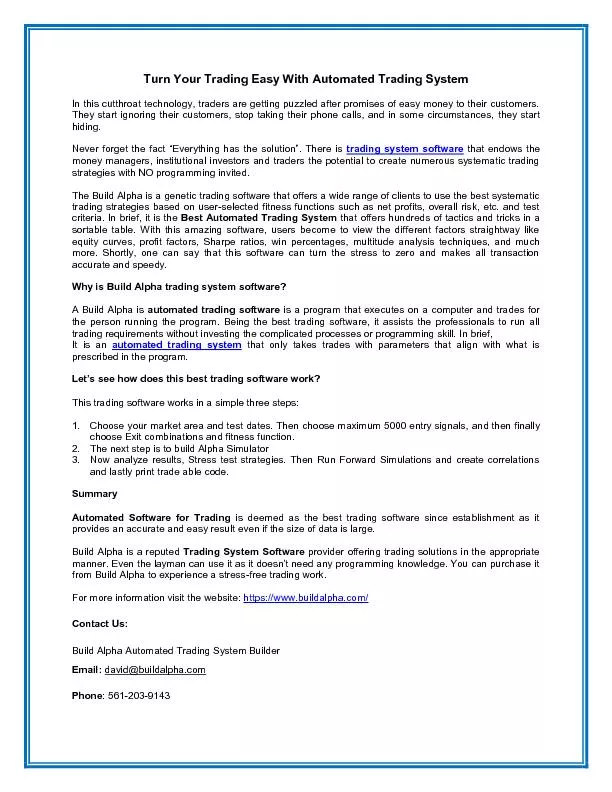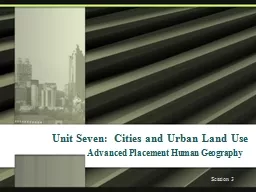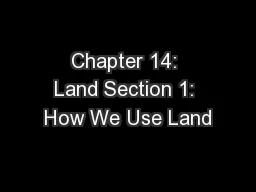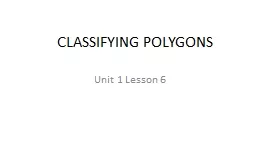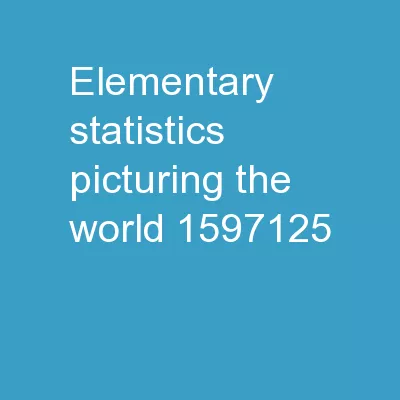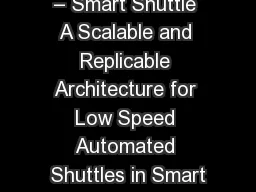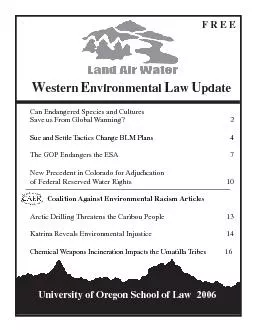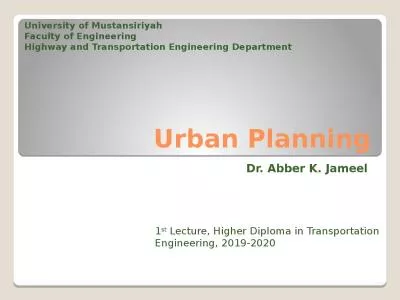PPT-A Fully Automated Approach to Classifying Urban Land Use an
Author : olivia-moreira | Published Date : 2017-10-13
Jason Parent Qian Lei University of Connecticut Land cover and land use Land cover the physical material on the earths surface eg water grass asphalt etc Land
Presentation Embed Code
Download Presentation
Download Presentation The PPT/PDF document "A Fully Automated Approach to Classifyin..." is the property of its rightful owner. Permission is granted to download and print the materials on this website for personal, non-commercial use only, and to display it on your personal computer provided you do not modify the materials and that you retain all copyright notices contained in the materials. By downloading content from our website, you accept the terms of this agreement.
A Fully Automated Approach to Classifying Urban Land Use an: Transcript
Download Rules Of Document
"A Fully Automated Approach to Classifying Urban Land Use an"The content belongs to its owner. You may download and print it for personal use, without modification, and keep all copyright notices. By downloading, you agree to these terms.
Related Documents

